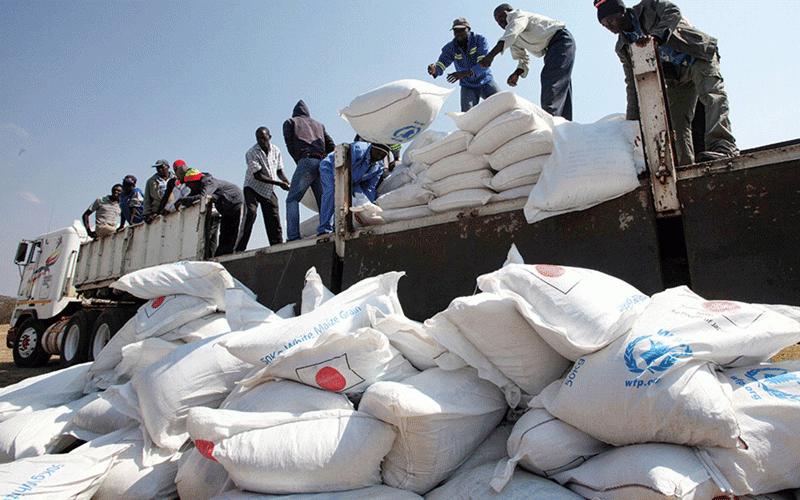
Food shortages in Zimbabwe are likely to reach crisis levels by March next year due to depleted food stocks, constrained access to income and high food prices, the Famine Early Warning Systems Network (FewsNet) has said.
The leading provider of early warning and analysis on acute food insecurity around the world said the El Niño-induced poor rainfall could worsen the crisis.
“A likely delayed start and El Niño-induced erratic and cumulatively below-average rainfall during the 2023/24 rainy season in Zimbabwe is expected to negatively impact the area planted for crops and the 2024 harvest,” the FewsNet report released this week read.
“This will likely limit the availability of agricultural labour opportunities and household access to income in late 2023 and early to mid-2024.”
The report said below-average harvests could result in higher food prices, in the process exacerbating food insecurity for poor households.
“Some farmers with surplus grain are speculatively holding on to their stocks in response to El Niño forecasts. As stocks diminish, grain prices will likely increase above normal levels in deficit-producing areas, increasing reliance on maize meal.
“Most households will likely have limited access to commercial seeds and fertiliser due to above-average prices and low income,” the report said.
About 3,7 million Zimbabweans registered for government’s social food assistance programme this year as hunger continues to stalk the country following the El Niño-induced drought last year.
- Teachers, other civil servants face off
- Veld fire management strategies for 2022
- Magistrate in court for abuse of power
- Vungu Dam water treatment and irrigation project takes off
Keep Reading
Government announced that stocks at the Grain Marketing Board stood at 200 245 tonnes; and 48 243 tonnes of maize and traditional grains, respectively as at October 29 this year.
During a post-Cabinet briefing on Tuesday this week, Information, Publicity and Broadcasting Services minister Jenfan Muswere said the available grain would last 10 months using the monthly consumption rate of 23 000 tonnes.
Muswere said Zimbabwe was targeting to produce 2,8 million tonnes of maize, 120 000 tonnes of soyabeans, 150 000 tonnes of sunflower, 350 000 tonnes of sorghum, 92 658 tonnes of pearl millet, and 270 000 tonnes of cotton during the 2023/24 summer season.











